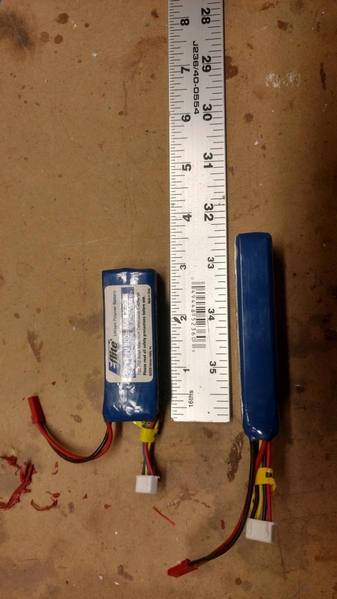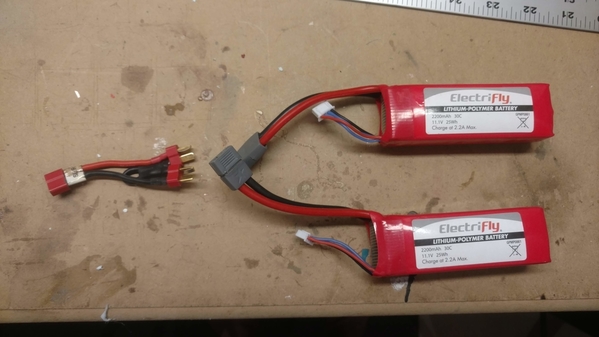Someone had to try this, so why not now? I first tested my LC+ engines to determine what lower voltage would work and it turned out that the LC+ rectifiers would start up at 8VDC and run well at 12-13VDC. This is the charged voltage most like seen with the LiPO or NiMH batteries I have been using. My original idea was to use the same LiPO battery I have used in several previous conversions and mount it inside the shell. But when I removed the shell, there was so little room without relocating the electronics, I resorted to plan B. As a first pass, I wired the input to the LC+ electronics to an external cable and followed the rectifier with a NiMH battery on a trailing flat car which I've done before and provides a good test of the whole idea. See attached picture.
It ran pretty well and behaved as it should. Next step is to figure out to get that LiPO battery inside the shell. It won't be easy.













